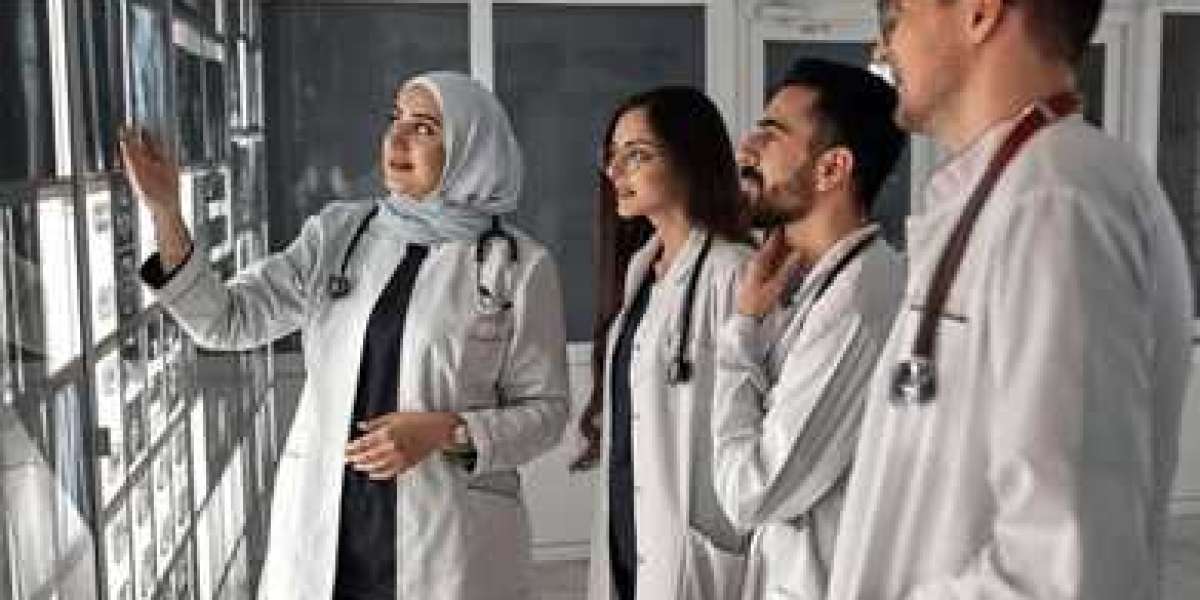Studying MBBS in Egypt has emerged as a promising alternative for millions of Indian students who dream of becoming doctors. However, the path to achieving that dream begins with securing admission into a reputable medical college—an area where many students face significant roadblocks. In India, with a vast number of applicants and a very limited number of government MBBS seats, the competition is extremely intense. Meanwhile, private medical colleges, although relatively easier to get into, demand prohibitively high fees that are often beyond the reach of middle-class families.
In this scenario, many students and parents are exploring international options. MBBS in Egypt has emerged as one of the most promising alternatives for Indian students due to its affordability, global recognition, strong clinical exposure, and student-friendly environment. But the question remains: Is MBBS in Egypt better than MBBS in India for Indian medical aspirants?
In this article, we will evaluate and compare MBBS in Egypt vs MBBS in India across several important factors, including eligibility, admission procedures, cost structure, language of instruction, curriculum quality, clinical exposure, international recognition, living costs, and career opportunities.
1. Admission Process
India
The Indian medical education system is largely dependent on the National Eligibility cum Entrance Test (NEET). Students must clear NEET with a high rank to get admission into government colleges. With over 20 lakh aspirants appearing for NEET every year and only around 90,000 MBBS seats available, competition is cutthroat.
Even after qualifying NEET, securing a seat in a government medical college is not guaranteed due to state-wise reservation policies. For those who fail to get a seat in government institutions, the only option left is private colleges — but these often come with exorbitant tuition fees and capitation fees.
Egypt
Egyptian universities also require students to have a valid NEET score, in accordance with NMC guidelines for Indian students studying abroad. However, the admission process is simpler and less competitive. Students are not judged based on NEET rank but only on qualification, along with 10+2 marks in Physics, Chemistry, and Biology.
There are no donation fees or hidden charges. Students can apply directly to the university or through authorized education consultants.
2. Tuition Fees
India
Government Colleges: Extremely low fees, ranging from ₹10,000 to ₹1 lakh per year.
Private Colleges: Annual fees range from ₹10 to ₹20 lakhs, with the total course cost often exceeding ₹70 lakhs to ₹1 crore.
Even if a student gets into a private medical college, the financial burden on families can be massive and often requires taking loans.
Egypt
Annual tuition fees for MBBS in Egypt range from USD 6000 to USD 8000, equivalent to INR 5 to 6.5 lakhs per year.
Total tuition fees for the complete course are around INR 30 to 38 lakhs, including the internship period.
There are no donations, and universities allow semester-wise or annual payments.
3. Course Duration and Curriculum
India
Total duration: 5.5 years (4.5 years academics + 1 year of compulsory rotatory internship).
The curriculum follows the guidelines laid out by the National Medical Commission (NMC).
Emphasis is placed on theory, with practical exposure depending on the institution.
Egypt
MBBS duration in Egypt is 7 years (5 years of academic learning + 2 years of internship/hospital training).
The curriculum is aligned with global standards and includes extensive clinical exposure, problem-based learning, and research modules.
The internship is integrated and compulsory, with real-time patient handling under supervision.
4. Medium of Instruction
India
MBBS is taught in English, which is convenient for Indian students.
All course materials and lectures are conducted in English.
Egypt
MBBS is also taught in English for international students.
Additionally, Arabic language training is provided to help students communicate with local patients during clinical rotations.
5. Clinical Exposure
India
Government colleges offer strong clinical training due to high patient volume.
Private colleges may have less patient flow, affecting the quality of clinical exposure.
Egypt
Egyptian medical universities are affiliated with top-tier government hospitals.
From the third year onwards, students are actively involved in bedside learning, case studies, ward rotations, and live surgeries.
Internships are well-structured with mandatory rotations across various specialties.
6. Recognition and Licensing Opportunities
India
Indian MBBS degrees are valid across India.
Graduates must appear for NEET-PG or INI-CET to pursue postgraduation.
Practicing abroad requires additional licensing exams such as USMLE, PLAB, etc.
Egypt
Medical universities in Egypt are recognized by:
National Medical Commission (NMC), India
World Health Organization (WHO)
World Directory of Medical Schools (WDOMS)
Graduates can take licensing exams like:
FMGE/NExT in India
USMLE (USA)
PLAB (UK)
MCCQE (Canada)
AMC (Australia)
7. Cost of Living
India
Cost varies based on the city.
In metros, monthly living expenses can go up to ₹15,000–₹20,000.
Egypt
Monthly living expenses, including accommodation, food, transport, and utilities, typically range from ₹8,000 to ₹12,000.
University hostels are affordable and safe, and Indian food is widely available in cities like Cairo and Alexandria.
8. Cultural Environment and Safety
India
Home country comfort.
Family support system and social familiarity.
Egypt
Friendly environment for Indian students.
Cultural and religious tolerance, with many similarities to Indian traditions.
Student-friendly policies and university support systems for international students.
Cities like Cairo and Alexandria are safe, well-developed, and vibrant.
9. Career Opportunities After MBBS
India
Practice after state medical registration.
Postgraduate entrance exams like NEET-PG are mandatory for specialization.
Egypt
Return to India and appear for FMGE/NExT for registration.
Pursue postgraduate education in India or abroad.
Eligible for global licensing exams and international job roles.
High demand in Gulf countries due to Arabic language training and regional acceptance.
Conclusion
If you secure a government MBBS seat in India, it remains the most cost-effective and straightforward option. However, if you miss out and are considering private medical colleges in India, MBBS in Egypt is clearly the better alternative. It offers:
Affordable tuition and living costs
Transparent admission process
Globally recognized degree
Strong clinical exposure
Eligibility for global licensing exams
Cultural familiarity and safety
For Indian students who want a high-quality medical education without the burden of massive debt, Egypt is a smart, future-ready choice that not only helps you become a doctor but also prepares you for a global medical career.







